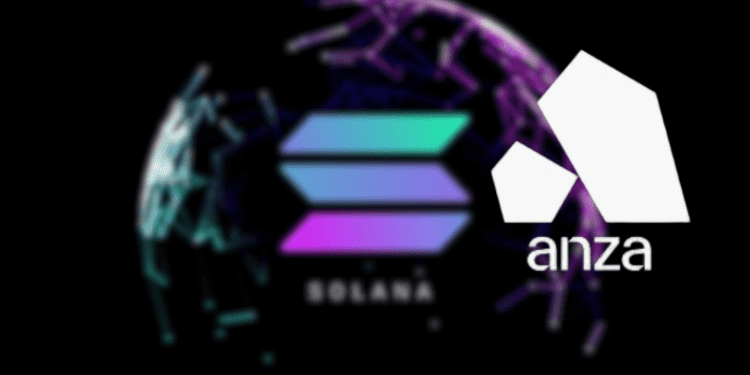- Solana developers have released a proposed congestion fix (version 1.18.11 of the validator client) and deployed it to a devnet, urging validators to upgrade and test it.
- The congestion issues on the Solana network have been primarily attributed to spam transactions, significantly impacting transaction processing speeds and increasing transaction drop rates.
- The Anza team, which spun out of Solana Labs, has called upon testnet validators to help test the new software and analyze its effectiveness in addressing the congestion problems.
The Solana blockchain continues to face severe congestion, causing transactions to fail and frustrating users. In response, developers are rushing to implement upgrades and optimizations to boost the network’s capacity.
Anza Releases Proposed Fixes
The Anza team recently released version 1.18.11 of its validator software containing proposed congestion fixes. Anza, which spun out of Solana Labs earlier this year, deployed the update to a devnet and urged testnet validators to upgrade and help analyze its effectiveness. The fixes target Solana’s unique architecture that validates transactions directly without a mempool.
Causes of the Congestion
Experts cite various factors contributing to the congestion crisis. Implementation of the QUIC protocol and a known issue that suddenly escalated due to record demand are partly to blame. Investor interest in Solana meme coins has also led to a surge in activity. Ultimately, the rapid growth in usage has outpaced the network’s capacity.
Historical Precedent
This isn’t the first time Solana has faced congestion problems. The network weathered similar issues in early 2022 when demand exceeded capabilities of several systems. The current situation appears more severe, but developers are confident Solana can overcome the challenges again.
Efforts to Boost Capacity
In addition to upgrading validator clients, Solana teams are taking other approaches to expanding the network’s capacity. Developers are working to optimize computing unit usage, implement priority fees, and explore stake-weighted quality-of-service to improve transaction prioritization.
Conclusion
Solana is undergoing growing pains as its popularity skyrockets. Developers are racing to implement urgent fixes to boost network capacity. If successful, Solana is well-positioned to continue its rise as an Ethereum competitor and hub for DeFi innovation. But the congestion issues spotlight the difficulties in scaling blockchain networks to meet surging mainstream demand.














